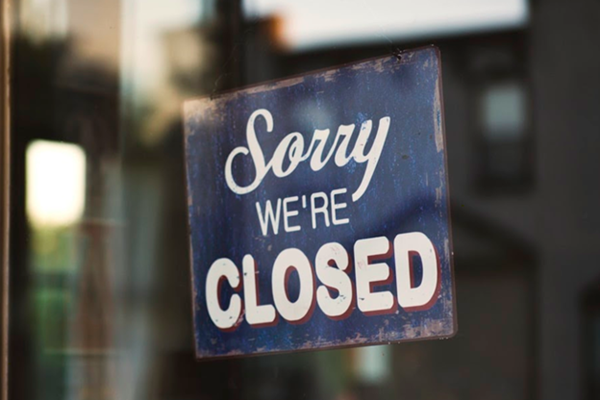 |
By SGeBIZ Team |

WHO declared COVID-19 a pandemic on March 11, 2020. In its message, it balanced the certainty that the coronavirus (SARS-CoV-2) will inevitably spread to all parts of the world, with the observation that governments, businesses, and individuals still have substantial ability to change the disease’s trajectory. In this note, we describe emerging archetypes of epidemic progressions; outline two scenarios for the pandemic and its economic effects, and observe some of the ways that business can improve on its early responses.
Since then, large-scale quarantines, travel restrictions, and social-distancing measures drive a sharp fall in consumer and business spending until the end of Q2, producing a recession. Although the outbreak comes under control in most parts of the world by late in Q2, the self-reinforcing dynamics of a recession kick in and prolong the slump until the end of Q3. Consumers stay home, businesses lose revenue and lay off workers, and unemployment levels rise sharply. Business investment contracts and corporate bankruptcies soar, putting significant pressure on the banking and financial system.

Responding to COVID-19
As a business owner living amidst the COVID-19 scare, you can’t predict the market and what is coming in the next quarter of the year or more. However, you can still choose to respond wisely and calmly. Here are seven (7) steps of action to help you as business owners manage the crisis at hand:

1. Protect your employees
The COVID-19 crisis has been emotionally challenging for many people, changing day-to-day life in unprecedented ways. For companies, business as usual is not an option. You can start by drawing up and executing guidelines and policies for your employees.
Some of these policies include providing clear, simple language to local managers on how to deal with COVID-19 (consistent with WHO, CDC, and other health-agency guidelines) while providing autonomy to them so they feel empowered to deal with any quickly evolving situation.
2. Ensure that liquidity is sufficient
Businesses need to define scenarios tailored to the company’s context. For the critical variables that will affect revenue and cost, they can define input numbers through analytics and expert input. Companies should model their financials (cash flow, P&L, balance sheet) in each scenario and identify triggers that might significantly impair liquidity. For each such trigger, companies should define moves to stabilize the organization in each scenario (optimizing accounts payable and receivable; cost reduction; divestments and M&A).
3. Stabilize the supply chain
Companies need to define the extent and likely duration of their supply-chain exposure to areas that are experiencing community transmission, including tier-1, -2, and -3 suppliers, and inventory levels. Most companies are primarily focused on immediate stabilization, given that most Chinese plants are currently in restart mode. They also need to consider rationing critical parts, pre-booking rail/air-freight capacity, using after-sales stock as a bridge until production restarts, gaining higher priority from their suppliers, and, of course, supporting supplier restarts.
4. Build rapport with customers
Companies that navigate disruptions better often succeed because they invest in their core customer segments and anticipate their behaviours. In China, for example, while consumer demand is down, it has not disappeared—people have dramatically shifted toward online shopping for all types of goods, including food and product delivery. Companies should invest in online as part of their push for omnichannel distribution; this includes ensuring the quality of goods sold online. Customers’ changing preferences are not likely to go back to pre-outbreak norms.
5. Practise the crisis-control plan
Many businesses do not invest time in understanding what it takes to plan for disruptions until they are in one. This is where roundtables or simulations are invaluable. Companies can use tabletop simulations to define and verify their activation protocols for different phases of response (contingency planning only, full-scale response, other). Simulations should clarify decision owners, ensure that roles for each top-team member are clear, call out the “elephants in the room” that may slow down the response, and ensure that, in the event, the actions needed to carry out the plan are fully understood and the required investment readily available.
6. Demonstrate purpose
Businesses are only as strong as the communities of which they are a part of. Companies need to figure out how to support response efforts—such as by providing money, equipment, or expertise. For example, a few companies have shifted production to create medical masks and clothing.
7. Take advantage of special relief packages
Times are tough for businesses everywhere. In light of this, also to heed the Singapore Government’s plan to assist businesses hit by the coronavirus outbreak, SGeBIZ is offering a one-time COVID-19 relief package to support F&B businesses in Singapore. This relief package is targeted to address cash flow issues by offering a 60-day “credit ready” solution for FREE. This “buy now, pay later” offer is free of charge for the first three months and only valid for the first 500 applicants.
Learn more on our COVID-19 relief package